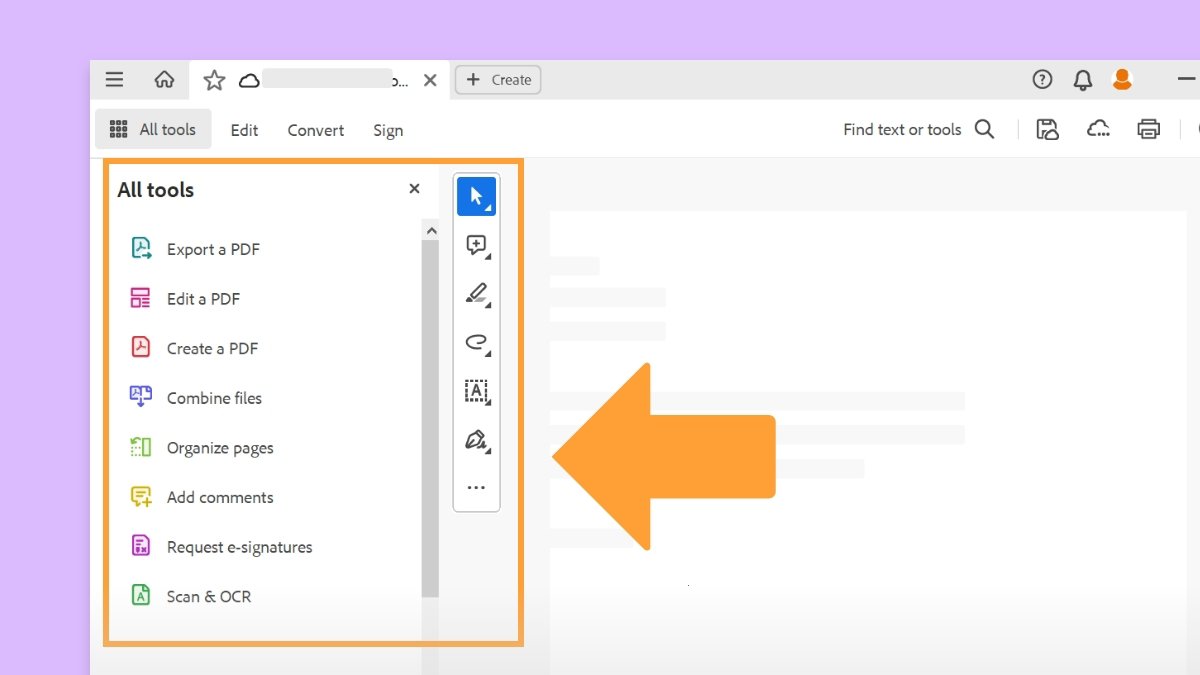Before you begin
We're rolling out a new, more intuitive product experience. If the screen shown here doesn’t match your product interface, select help for your current experience.
Before you begin
We're rolling out a new, more intuitive product experience. If the screen shown here doesn’t match your product interface, select help for your current experience.


You can save your changes to an Adobe PDF or PDF Portfolio in the original PDF or in a copy of the PDF. You can also save individual PDFs to other file formats, including text, XML, HTML, and Microsoft Word. Saving a PDF in text format allows you to use the content with a screen reader, screen magnifier, or other assistive technology.
If you don’t have access to the source files that created an Adobe PDF, you can still copy images and text from the PDF to use elsewhere. You can also export the PDF to a reusable format, or export images in a PDF to another format.
Adobe Acrobat Reader users can save a copy of a PDF or PDF Portfolio if the creator of the document has enabled usage rights. If a document has additional or restricted usage rights, the document message bar under the toolbar area describes the assigned restrictions or privileges.
Use the following method to save PDFs, including PDF Portfolios, and PDFs in which you have added comments, form field entries, and digital signatures.
To save the PDF on your system, select the Menu (Windows) or File (macOS) and then select Save As. Specify the name and location for the PDF and then select Save.
In Acrobat Reader, for Windows, select the hamburger menu and then select> Save As. For macOS, select File > Save as Text.
Saving a digitally signed PDF invalidates the signature.
On Windows, Select Menu > Undo, Redo & More > Revert.
On macOS, select the File > Revert.
On Windows, Select Menu > Undo, Redo & More > Undo.
On macOS, select the File > Undo, Redo and More > Undo.
The Autosave feature guards against losing your work in case of a power failure by incrementally, and at regular intervals, saving file changes to a specified location. The original file is not modified. Instead, Acrobat creates an autosave file of changes, which includes all the changes you made to the open file since the last automatic save. The amount of new information that the autosave file contains depends on how frequently Acrobat saves the autosave file. If you set the autosave interval to 15 minutes, you could lose the last 14 minutes of your work if a problem occurs. Frequent automatic saving prevents loss of data, and is especially useful if you make extensive changes to a document, such as by adding comments.
You can apply autosave changes to the original files when you restart Acrobat. When you close, save manually, or revert to the last-saved version of a file, the autosave file is deleted.
If you use assistive technology, such as a screen reader, you may want to disable the Autosave feature so that you don’t lose your place when the file is reloaded.
The Autosave feature won’t work in the following cases:
A document that has its security changed. You must save the document to re-enable automatic saving of document changes.
A document created using the Web Capture feature or extracted from a larger PDF (All tools > Organize Pages > Extract). You must save the document to enable automatic saving of changes.
A document displayed in a web browser or incorporated into a container document that supports Object Linking and Embedding (OLE). This document appears outside the default file system and cannot support automatic saving.
To prevent lost changes after an unexpected interruption, enable the Autosave feature, which is the default setting.
To control changes and quality trade-offs, use PDF Optimizer in Acrobat Pro, which makes more options available. You can also easily convert from other file formats to PDF using our online tools such as Word to PDF and Convert PDF.
Work smarter with Acrobat on your desktop
Create, edit, and organize PDFs with powerful tools that help you stay productive anywhere.